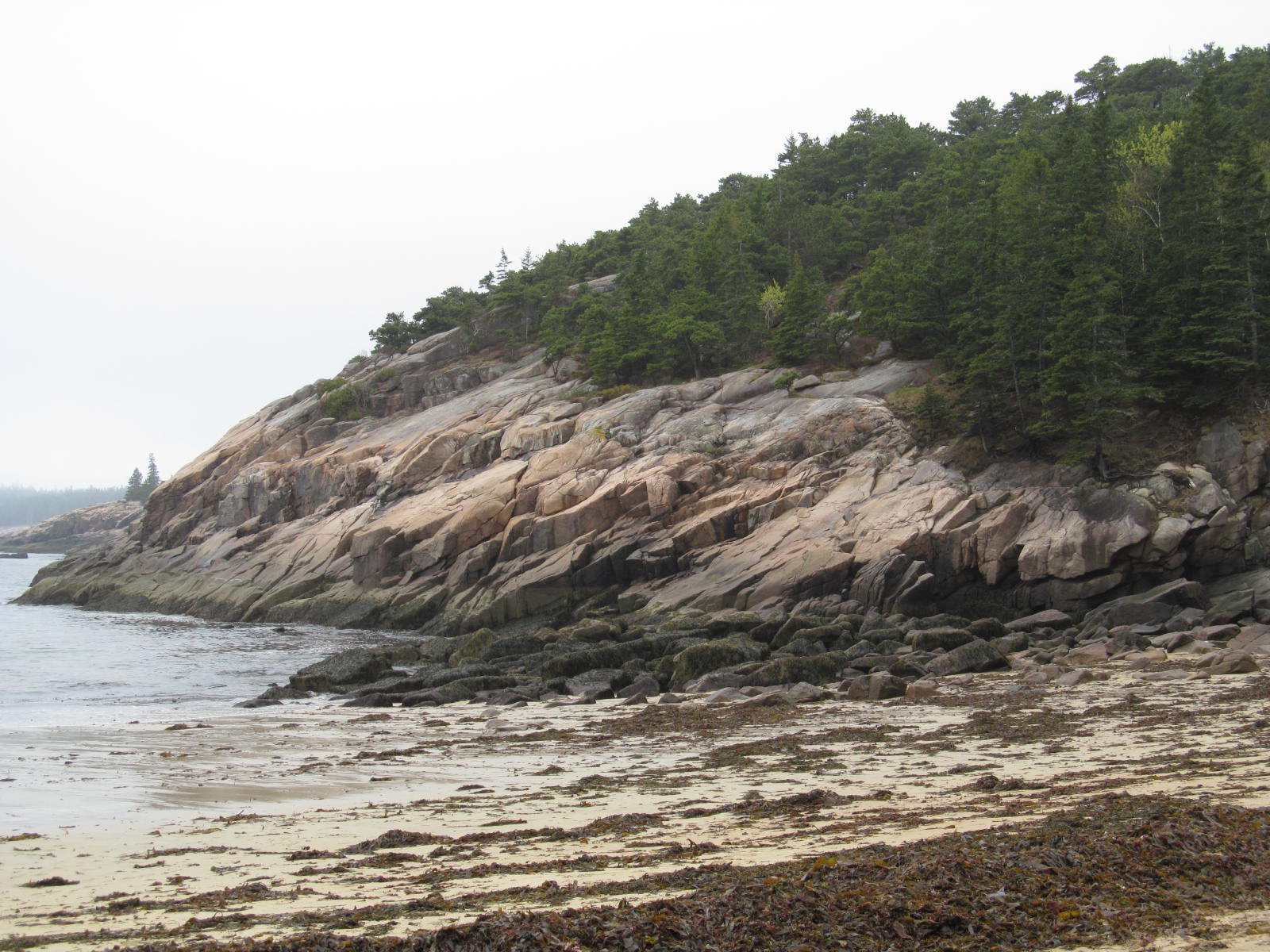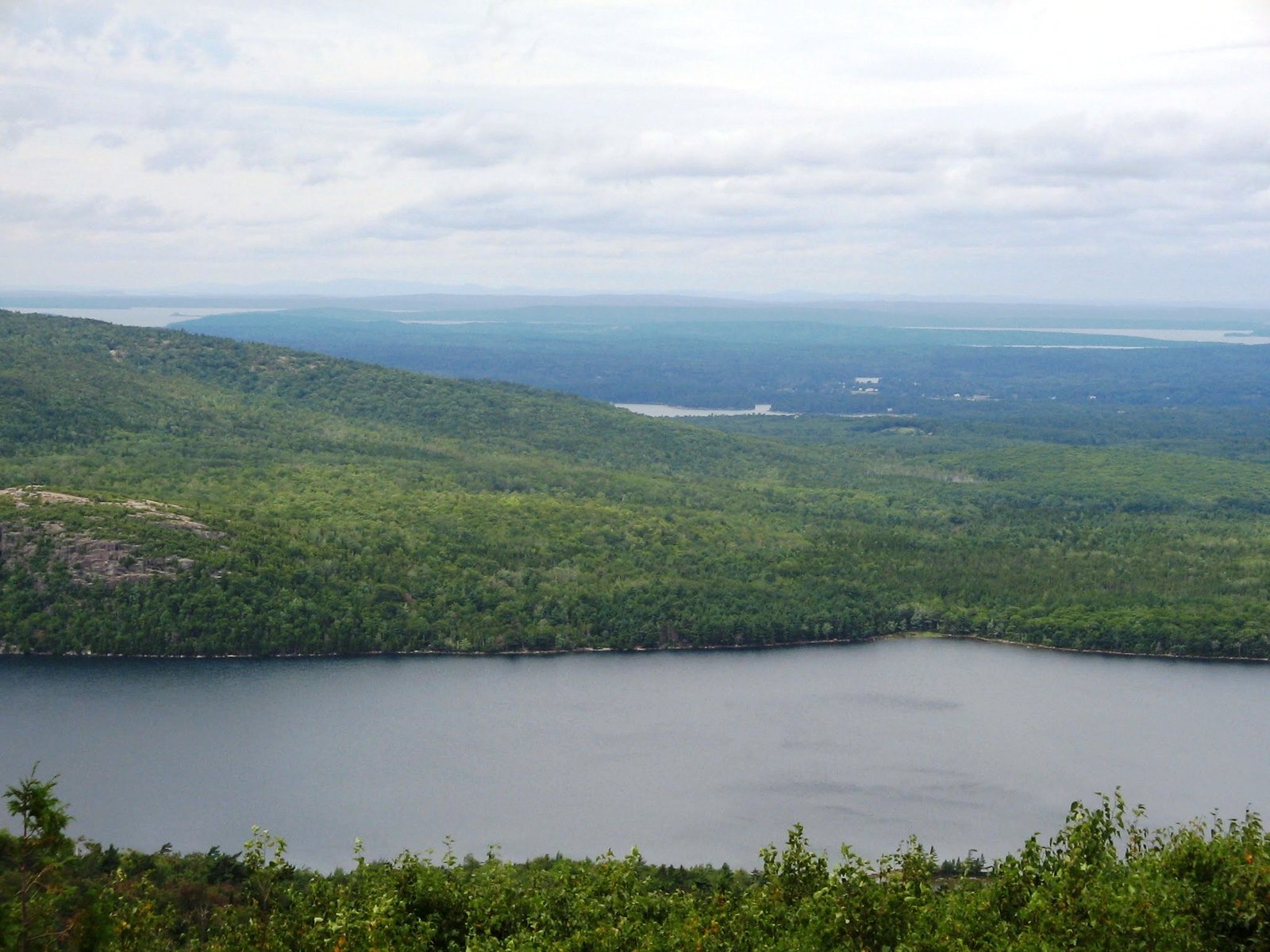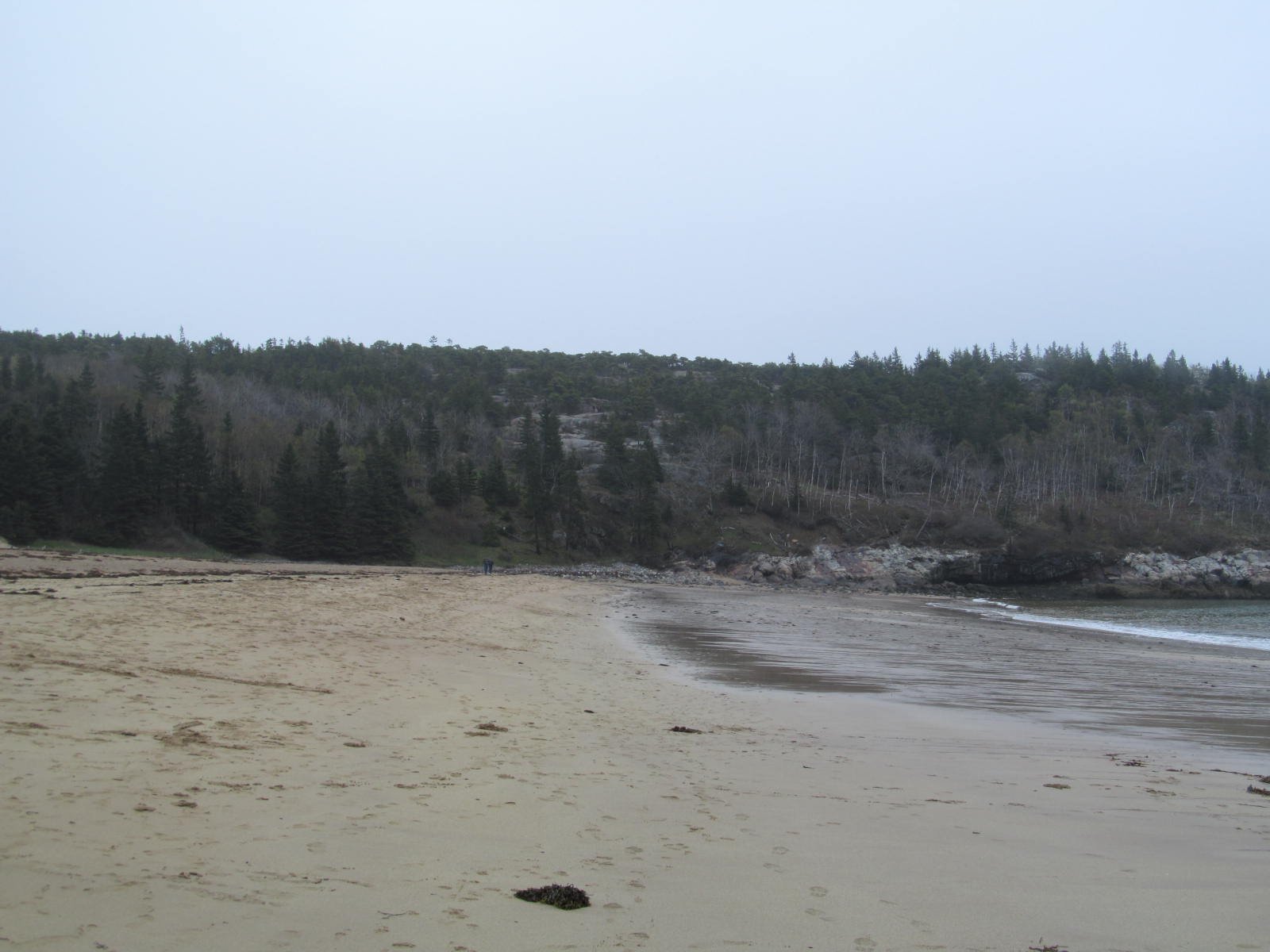Acadia National Park’s tide pools offer a fascinating glimpse into marine ecosystems. These shallow, rocky pools form along the coastline during low tide, trapping sea creatures and providing visitors with a unique opportunity to observe diverse marine life up close. From Bar Island to Wonderland, Acadia’s tide pools showcase a variety of species including barnacles, snails, crabs, and starfish, making them a must-visit attraction for nature enthusiasts and families alike.
What Are the Best Locations for Tide Pools at Acadia National Park?

Acadia National Park boasts several prime locations for exploring tide pools:
- Bar Island
- Accessible via a sandbar during low tide
- 2-mile round trip hike with moderate uphill grade
-
Offers views of Bar Harbor and diverse tide pools
-
Wonderland
- Located on Route 102A
- 1.4-mile flat trail
-
Expansive coastline with numerous tide pools
-
Ship Harbor
- Near Wonderland on Route 102A
- 1.5-mile easy hike
- Scenic views and accessible tide pools
Each location provides unique experiences and marine life observations. It’s crucial to time your visits with low tide for the best tide pool exploration.
What Marine Life Can Be Found in Acadia’s Tide Pools?

Acadia’s tide pools host a diverse array of marine species:
| Common Name | Habitat | Best Time to Observe |
|---|---|---|
| Barnacles | Rocky surfaces | Year-round |
| Snails | On rocks and in pools | Spring to Fall |
| Crabs | Under rocks and in crevices | Summer |
| Starfish | Clinging to rocks | Year-round |
| Sea Anemones | Attached to rocks in pools | Spring to Fall |
| Mussels | Clustered on rocks | Year-round |
Remember to observe these creatures without disturbing their natural habitat.
How Can Visitors Safely Explore Tide Pools?
Safety is paramount when exploring tide pools. Follow these guidelines:
- Check tide schedules: Plan your visit during low tide and be aware of incoming tides.
- Wear appropriate footwear: Use shoes with good traction to prevent slips on wet rocks.
- Stay alert: Watch for waves and slippery surfaces.
- Respect marine life: Observe without touching or removing creatures from their habitat.
- Bring essentials: Pack water, sunscreen, and a first-aid kit.
What Amenities Are Available Near Tide Pool Locations?
Visitors can expect the following amenities:
- Parking: Available at or near trailheads for Bar Island, Wonderland, and Ship Harbor.
- Restrooms: Located near parking areas and some trailheads.
- Visitor Centers: Offer information, maps, and guided tour schedules.
- Picnic Areas: Some locations provide designated picnic spots.
How Does Tide Pool Exploration Contribute to Conservation Efforts?
Exploring tide pools can significantly impact conservation:
- Awareness: Firsthand experience fosters appreciation for marine ecosystems.
- Education: Visitors learn about the delicate balance of coastal habitats.
- Research: Scientists study tide pools to monitor climate change effects.
- Preservation: Informed visitors are more likely to support conservation initiatives.
What Are the Best Times to Visit Tide Pools at Acadia?
Optimal tide pool exploration depends on several factors:
- Tides: Low tide provides the best access and viewing opportunities.
- Season: Summer offers warmer temperatures and more active marine life.
- Time of Day: Early morning or late afternoon can provide ideal lighting and fewer crowds.
Use NOAA’s tide prediction tools to plan your visit for the best experience.
How Can Visitors Prepare for a Tide Pool Adventure?
Preparation is key for a successful tide pool excursion:
- Research: Learn about local marine life and tide patterns.
- Pack Essentials:
- Water-resistant shoes
- Sun protection (hat, sunscreen)
- Camera or binoculars
- Tide chart or app
- Dress Appropriately: Wear layers and water-resistant clothing.
- Timing: Plan to arrive at least an hour before low tide.
What Photography Tips Can Enhance Tide Pool Documentation?
Capture the beauty of tide pools with these photography tips:
- Use a waterproof camera or phone case.
- Get close to subjects for detailed shots.
- Employ macro mode for small creatures.
- Consider polarizing filters to reduce glare.
- Respect wildlife and maintain a safe distance.
How Do Tide Pools at Acadia Compare to Other National Parks?
Acadia’s tide pools are unique due to:
- Granite Coastline: Creates diverse pool shapes and sizes.
- Cold Waters: Host species adapted to North Atlantic conditions.
- Accessibility: Many pools are easily reached via short hikes.
- Biodiversity: Supports a wide range of intertidal species.
Compared to West Coast parks, Acadia offers a distinct East Coast marine ecosystem experience.
What Educational Programs Focus on Tide Pools at Acadia?
Acadia National Park offers several educational opportunities:
- Ranger-Led Programs: Guided tide pool walks and talks.
- Junior Ranger Program: Includes tide pool exploration activities.
- Citizen Science: Opportunities to participate in marine life surveys.
- Interpretive Centers: Exhibits on intertidal ecosystems and conservation.
Check the park’s official website or visitor centers for current program schedules.
By exploring tide pools at Acadia National Park, visitors gain a deeper appreciation for marine ecosystems and the importance of conservation. Remember to tread lightly, observe respectfully, and leave no trace to ensure these delicate habitats remain pristine for future generations to enjoy.
References:
1. Fun and Easy Tidepool Hikes In Acadia National Park
2. Acadia National Park – Wikipedia
3. Tidal Falls – Frenchman Bay Conservancy

